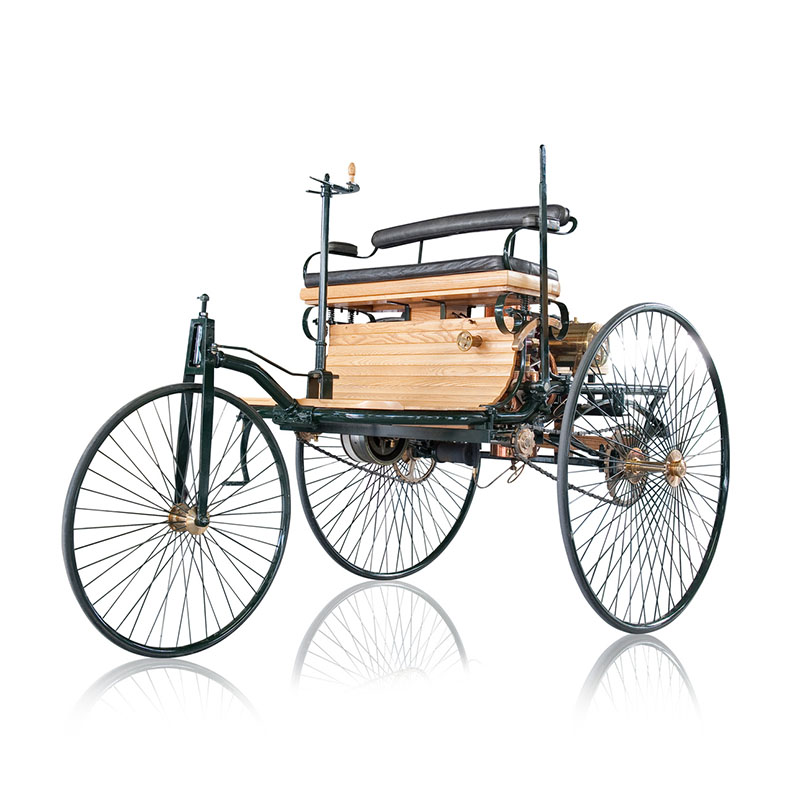Wristwatches are highly collectable items that many aficionados simply adore. Mechanical watches in particular are often seen as symbols of style, tradition, and precise craftsmanship. One of the most important characteristics of a watch is its frequency. This is determined by the “balance wheel”, a tiny component inside the clock mechanism. Dutch astronomer, mathematician, and physicist Christiaan Huygens discovered in the 17th century that the oscillation of a spiral spring works similarly to a pendulum – i.e. it always takes exactly the same amount of time to swing from one side to the other. The idea of the balance wheel was born: when set in motion, the balance wheel winds the spring to maximum tension and is then driven back by it in the opposite direction. Each back-and-forth movement of the balance wheel is accompanied by a tick of the second hand. This automatically determines the number of beats per second. The frequency measurement in hertz (Hz) common for watches today can be derived directly from the half oscillations of the clock mechanism.
Accutron: “The humming watch”
Where mechanical timepieces display the time using a balance wheel and balance spring, the tuning fork watch uses a battery and a vibrating tuning fork. The first wristwatch featuring a tuning fork went on sale in 1953: the Accutron by Bulova. Because of the sound produced by the vibrating tuning fork, Bulova used the advertising slogan “The humming watch”. Its exceptional precision even meant that the Accutron was chosen for NASA’s space missions.
The watch market in flux: the quartz watch
The late 1960s saw the tuning fork watch finally replaced by the quartz watch. The latter featured a higher frequency and thus even greater precision. A quartz crystal is used to keep time; it starts to oscillate as soon as electrical voltage is applied. The introduction of the quartz watch quickly set the wristwatch market in motion. The quartz watch was unveiled to the general public in 1967 at the Swiss Neuchâtel Observatory competition. The Swiss research center for electronic watches “Centre Electronique Horloger” (CEH) submitted prototypes of quartz wristwatches, as did the Japanese company Seiko. It was clear that these quartz watches were superior to all other mechanical timepieces in terms of accuracy. In 1969, Seiko launched the Astron, the world’s first quartz wristwatch series, in Tokyo. Traditional market leaders from Switzerland and Germany were soon outstripped. In the late 1980s, interest in mechanical watches rose again. They are still popular with collectors as an expression of true craftsmanship.
(Image: FERNANDO – AdobeStock.com)




